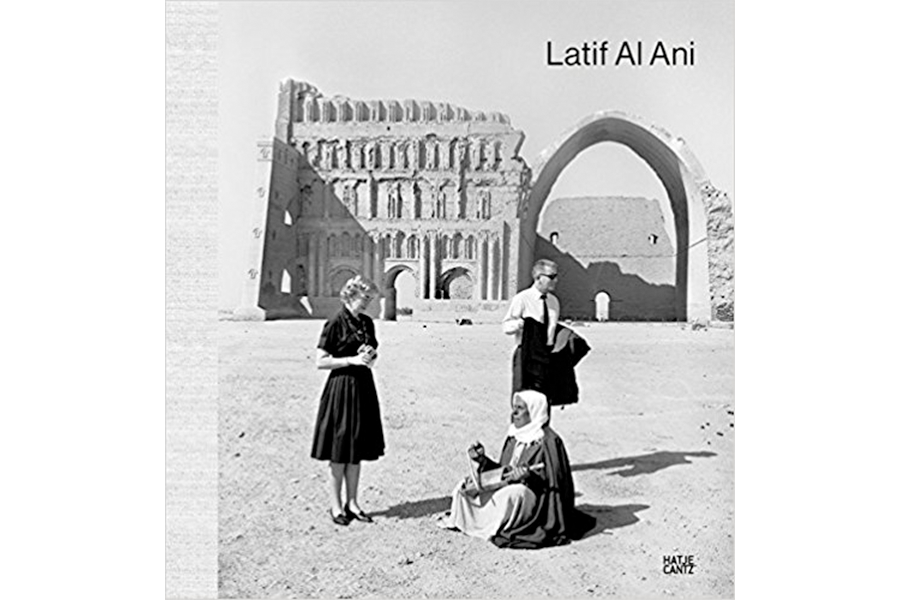'Latif Al Ani' portrays Iraq in an era of optimism
Loading...
Iraq has been part of the US’s national narrative for a few decades now. Unfortunately, this discourse has been dominated by a seemingly endless cycle of destruction and reconstruction: a dictatorship, a long war with Iran, military action by the United States, and then the Islamic State group.
Latif Al Ani, an eponymous photo book by an Iraqi photographer, portrays a much different Iraq. Experienced from today’s perspective, the work in this book seems utopian. I have never been to Iraq so what I know of the country – as it is today and as it was in the decade portrayed by Al Ani (mostly the 1960s) – derives from media and books.
Al Ani’s work comes at a particular moment in Iraq’s long history. After Ottoman and later British rule, a republic was formed in 1958. Al Ani’s images of minarets, old towns, artists, and craftsmen celebrate Iraq’s culture and past. He also portrays different ethnic groups, including the Yazidis, Kurds, and Mandaeans, seeming to indicate that Iraq in the 1960s comprises all its peoples. And his images of housing projects and middle-class lifestyles suggest a bright future to come. The book ends with pictures of Germany and the US that Al Ani took in his travels. They are similar in subject matter to the ones taken in Iraq, and seem to be included for comparison.
I enjoyed this book because it showed me an Iraq that I was not familiar with, and helped me to better understand the ebbs and flows of history. I hope that the people of today’s Iraq will someday be able to recapture the sense of optimism found in this book.









